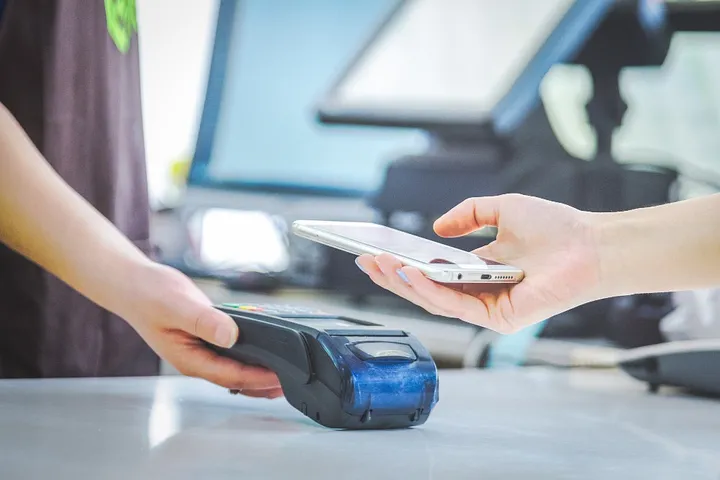
Blog
India- A promising field for digital payments growth
Digital Payments, contactless payments, mobile payments are the future of the payment system. While we towards a cashless society lets see where India stands globally.

Ranjan Das
· Posted: 2021-05-19
Posted: 2021-05-19

Demonetization was the first to push India towards the digital payments sphere. Consider it a boon, demonetization made it difficult for merchants as well as consumers to transact without digital payment platforms and that is when apps like Paytm, Gpay, Mobikwik and others gained momentum and attained the status of payment methods on the go. But COVID-19 hit the world and deepened the need for digital payment platforms. With the increased importance of contactless transactions, digital payments were now the only option left to exchange money. A cashless society that was once a dream was not becoming reality as consumers were using digital payments for their daily needs.
The drastic shift in consumer and merchant behaviour towards payments has accelerated the digital payments industry. The transaction volume share for instant payments India, among real-time transactions, was 15.6% and 22.9% for other electronic payments in 2020, according to a report by the US-based payments system company ACI Worldwide.
However, the share of volume by instant payments and other electronic payments is expected to rise to 37.1% and 34.6%, leaving paper-based transactions at 28.3%.
Reports say, digital payments are set to account for 71.7% of the total payments volume by 2025, in India, leaving cash and cheques behind.
Various platforms are attracting customers with incentives such as cashback, rewards and offers that have helped them during COVID to increase the usage. The growing digital payment infrastructure has not only made transactions convenient but also served bigger goals like financial inclusion and rapid payment digitization for citizens.
According to other reports by IVCA and EY, digital payment in India is expected to grow at a 27% CAGR during FY20–25. UPI transaction value encountered a growth of 18% month-on-month from February 2021 to March 2021 while translation volume rose by 19% in the same period.
These stats are a clear indication of the growing opportunities and massive potential that the Indian Digital Payments industry holds.
On a global scale as well, India is leading in most aspects of digital payments.
India ranks third in a global list of 250 most promising fintech companies. More than where India currently stands, the more promising aspect is its potential to grow in this sector and compete with China and the USA that stand at the peak. A major aspect that stands in the way of India’s aspirations towards digital payments is financial inclusion which has been lagging behind.
India is also growing in terms of the volume of real-time transfers but falls short when it comes to the value of these real-time transactions.
Comparing the prevailing situations in India with those in the US, we find some key insights related to the digital payment industry. Although COVID has caused a shift in the modes of payment and people are increasingly using digital payments or contactless methods, it is not entirely sure if this trend will continue due to eroded trust of the consumers and perception of value, security and availability. The population is highly dependent on contactless cards when it comes to digital payments. The millennials are leading the charge towards a contactless payment system.
On a concluding note, the wave of digital payment is unstoppable across the world. Where developed countries like the US are still facing inhibitions regarding various contactless payment methods, India has been moving forward with great acceptance and speed towards this new infrastructure.
Marketing is everything, products are
woven around it.